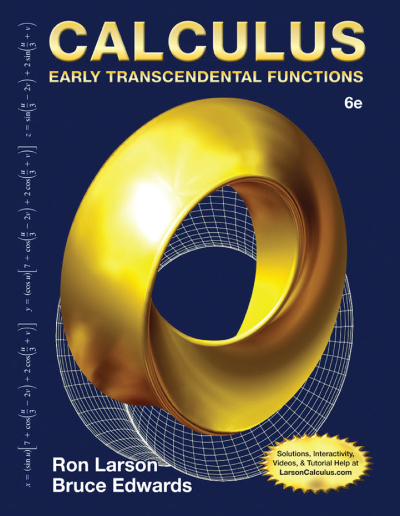Peter Gustav Dirichlet
(1805 – 1859)
Peter Gustav Lejeune Dirichlet was born in Düren, Germany on February 13, 1805. From an early age, he was fascinated by mathematics and spent his allowance on mathematics texts. Dirichlet’s parents, recognizing his extraordinary intelligence and hoping to steer him toward a career in law, sent him to excellent schools in Bonn and Cologne where he obtained a classical education. Dirichlet was an exceptionally obedient and attentive student, but was determined to be a mathematician despite his parents’ objections.
After completing his Abitur examination at the age of sixteen—well before his contemporaries—Dirichlet left Germany for Paris. There, such legendary mathematicians as Augustin-Louis Cauchy, Pierre Laplace, Siméon Poisson, and Joseph Fourier, among others, were creating new branches of pure mathematics. Dirichlet attended lectures at the Faculté des Sciences and the Collége de France. Dirichlet met many of the country’s intellectual elite through General Maximilien Fay, a French war hero whose children he tutored.
In June 1825, at the age of twenty, Dirichlet presented his first mathematical paper to the French Academy of Sciences. Entitled Mémoire sur l’impossibilité de quelques équations indéterminées du cinquième degré, the paper addressed problems in number theory devised by the ancient Greek mathematician Diophantus in about 250 a.d.
Dirichlet first became intrigued by number theory while reading Carl Gauss’s Disquisitiones arithmeticae. This remarkable work introduced many of Gauss’s most significant discoveries in number theory, but was incomprehensible to most other mathematicians at that time. Dirichlet studied the book many times throughout his life, and kept a copy close at hand whenever he worked. Dirichlet’s Vorlesungen über Zahlentheorie, published in 1863, is perhaps the best introduction to Gauss’s work ever written, and amplifies Gauss’s original discoveries. Despite Dirichlet’s later contributions to analysis, algebraic number theory was always his favorite discipline.
Following General Fay’s death in 1825, Dirichlet returned to Germany, married, and obtained a post as professor of mathematics at the University of Berlin. Dirichlet was a superb teacher who communicated difficult concepts with great clarity and insight.
His lectures, delivered during his twenty-seven years at the University of Berlin, and his many scientific papers had considerable impact on the development of mathematics in Germany. Dirichlet’s proof that certain specific types of functions are the sums of their Fourier series elevated work in this field from a simple manipulation of formulas to genuine mathematics, as we understand the term today. Among his most influential works were memoirs published in 1837 and 1839, wherein he applied analysis to the theory of numbers, with spectacular results. Dirichlet’s understanding of the nature of a function, that is, that for each value of x there is a unique value of y, was another important contribution to modern mathematics.
In 1855, Dirichlet left the University of Berlin for the University of Göttingen, where a prestigious position had been left vacant by the death of Carl Gauss. Dirichlet taught at Göttingen for three years, until suffering a heart attack in Switzerland. He had traveled to Switzerland in the summer of 1858 to speak in tribute to Gauss, but barely survived the journey back to Germany. He died at Göttingen in May 1859, at the age of 54.
Links
http://www-history.mcs.st-andrews.ac.uk/Biographies/Dirichlet.html
http://www.uni-math.gwdg.de/tschinkel/gauss-dirichlet/elstrodt-new.pdf
References
- Ball, W. W. Rouse. A Short Account of the History of Mathematics. 1908. Reprint. New York: Dover Publications, Inc., 1960.
- Boyer, Carl B. A History of Mathematics. 2d ed., rev. Uta C. Merzbach. New York: John Wiley & Sons, Inc., 1991.
- Gillispie, Charles Coulston, ed. Dictionary of Scientific Biography. Vol. IV. New York: Charles Scribner’s Sons, 1971.
- Simmons, George F. Calculus Gems: Brief Lives and Memorable Mathematics. New York: McGraw-Hill, Inc., 1992.











